 | Charles William Hackley - Geometry - 1847 - 248 pages
...next Prob.). Cor. 2. The measure of a spherical triangle is the arc of a great circle subtending half the excess of the sum of its angles over two right angles, multiplied by the diameter of the sphere. This depends on the above and Prop. XVII., cor. 1, Spher.... | |
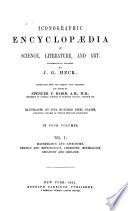 | Johann Georg Heck - Encyclopedias and dictionaries - 1851 - 712 pages
...is less than the entire circumference or 360°. The area of a spherical triangle is proportional to the excess of the sum of its angles over two right angles (called the spherical excess). A spherical triangle, de.f, is called the polar or supplemental triangle... | |
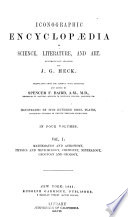 | 1851 - 716 pages
...is less than the entire circumference or 360°. The area of a spherical triangle is proportional to the excess of the sum of its angles over two right angles (called the spherical excess). A spherical triangle, def, is called the polar or supplemental triangle... | |
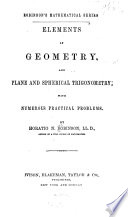 | Horatio Nelson Robinson - Geometry - 1860 - 470 pages
...will be equal to the sum of the angles of the polygon. Now, the area of each triangle is measured by the excess of the sum of its angles over two right angles, multiplied by the tri-rectangular triangle. Hence the sum of the areas of all the triangles, or the... | |
 | Johann Georg Heck - Encyclopedias and dictionaries - 1860 - 332 pages
...is less than the entire circumference or 360°. The area of a spherical triangle is proportional to the excess of the sum of its angles over two right angles (called the spherical excess). A spherical triangle, def, is called the polar or supplemental triangle... | |
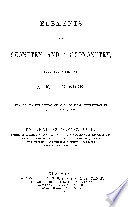 | Adrien Marie Legendre - Geometry - 1863 - 464 pages
...unit, by A, B) and (7, we shall have, 2. The spherical excess of any spherical polygon is equal to the excess of the sum of its angles over two right angles taken as many times as the polygon has sides, less two. If we denote the spherical excess by E, the... | |
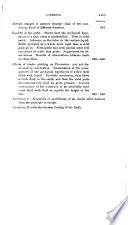 | William Thomson Baron Kelvin, Peter Guthrie Tait - Calculators - 1867 - 914 pages
...134. The area of a spherical triangle is known to be pro portional to the " spherical excess," ie, the excess of the sum of its angles over two right angles, or the excess of four right Area of angles over the sum of its exterior angles. The area of a spherical... | |
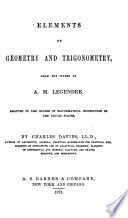 | Charles Davies - Geometry - 1872 - 464 pages
...as a unit, by A, B, and C, we shall have, The spherical excess of any spherical polygon is equal to the excess of the sum of its angles over two right angles taken as many times as the polygon has sides, less two. If we denote the spherical excess by E, the... | |
 | Charles Astor Bristed - 1874 - 632 pages
...are proportional to the sines of the opposite sides. i7. The area of a spherical triangle varies as the excess of the sum of its angles over two right angles. 15. Given the logarithms of two consecutive whole numbers, p, p -4- 1, investigate a series for the... | |
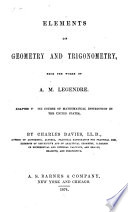 | Adrien Marie Legendre - Geometry - 1874 - 500 pages
...a unit, by A, _Z?, and C, we shall have, The spherical excess of any spherical polygon is equal to the excess of the sum of its angles over two right angles taken as many times as the polygon has sides, less two. If we denote the spherical excess by E, the... | |
| |